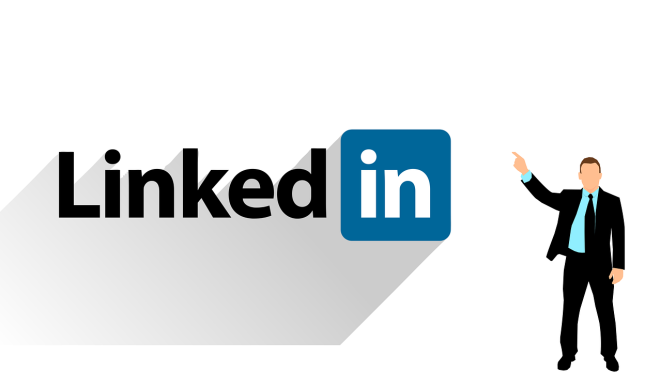How to create a strong LinkedIn profile as a fresher
How to create a strong LinkedIn profile as a fresher

More and more students are now using LinkedIn, the world’s largest professional network, to look for jobs and connect with people in their field. A recent graduate survey showed that almost eight out of ten students already use LinkedIn for career purposes. If you don’t have a profile yet, you may be missing out on great opportunities.
LinkedIn is not just another version of your CV. It is a place where you can build your personal brand, show your interests, and let employers or recruiters find you directly. It also gives you the chance to connect with professionals, learn from them, and even get spotted for jobs you didn’t know existed.
Unlike a CV that you send only when applying for jobs, LinkedIn is always live. That means employers can find you at any time. Having a strong profile shows that you are serious about your career, even as a fresher.
So how do you make your LinkedIn profile stand out? Let’s break it down step by step.
Start with your name and headline. This is the first thing people see when they open your profile. Don’t just write “student” or “unemployed graduate.” Instead, try to describe yourself in one line, such as “Business student interested in digital marketing” or “Engineering graduate looking for entry-level opportunities.” You can also edit your profile link to make it short and professional, which looks much better on CVs and job applications.
Next, think about your photo. Choose a clear picture where you look professional but approachable. You don’t need to wear a suit, but avoid holiday or casual selfies. Your cover photo can also add personality – for example, you could use an image related to your subject or your university.
The “About” section is your chance to tell your story. Write a short paragraph introducing yourself, your studies, and the career areas you are interested in. Keep it simple but focused. If you have done projects, part-time jobs, or volunteering, you can mention them here to show your motivation. LinkedIn also allows you to add photos, videos, or presentations – this is a great way to show off your work if you have something to share.
When it comes to your experience, don’t worry if you haven’t had a full-time job yet. Employers know you are just starting out. Part-time jobs, internships, volunteering, and even roles in clubs or societies all count. What matters is that you describe what you did and what you achieved. For example, instead of saying “worked in a shop,” you could write “helped customers, managed stock, and learned to stay calm under pressure.” This shows your skills clearly.
Your education section is straightforward, but you can make it stronger by adding details such as key modules, your dissertation topic, or any good grades. Always list your qualifications in reverse order, starting with your most recent degree or course.
The skills section is important too. Pick a handful of skills that match the type of jobs you want. These can include both technical skills, like coding or languages, and soft skills, like teamwork or leadership. Even if you are still developing these abilities, listing them shows what you are working on.
One extra feature that can make your profile shine is recommendations. These are short notes written by people you’ve worked with, like a tutor, a manager from a part-time job, or even someone you volunteered with. A few genuine recommendations can make a big difference because they show that others value your work.
Finally, remember that your LinkedIn profile is not something you set up once and forget. Treat it like a living CV. Update it whenever you finish a course, gain new experience, or complete a project. Recruiters like profiles that look current and active.
Before you share your profile widely, ask someone you trust to check it for you. This could be a friend, a mentor, or even your university careers service. Many universities even run LinkedIn workshops or offer professional photoshoots for students, so make the most of these chances.
Think of LinkedIn as your digital passport to career success. The sooner you start building it, the stronger your profile will be when you graduate.


